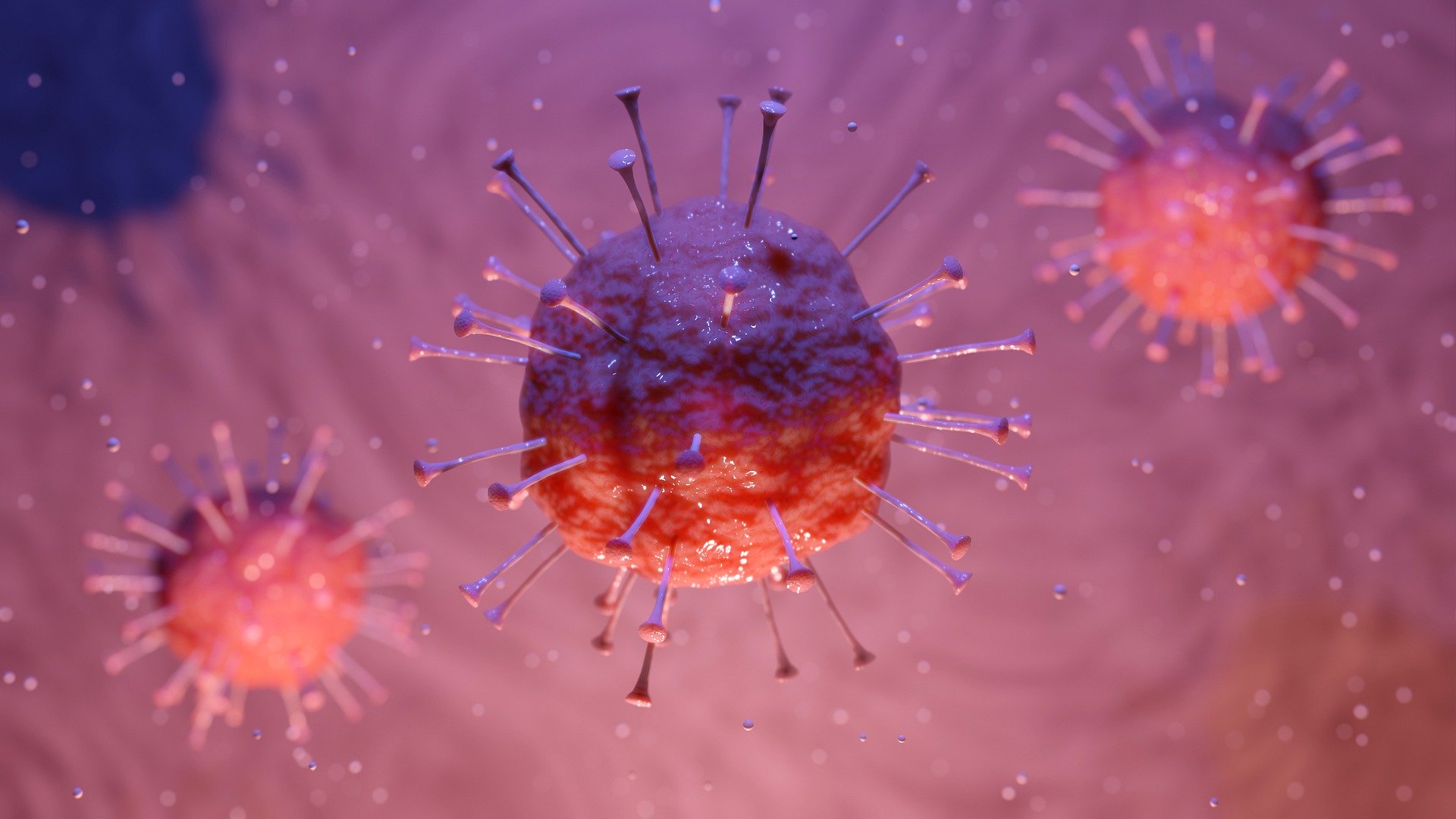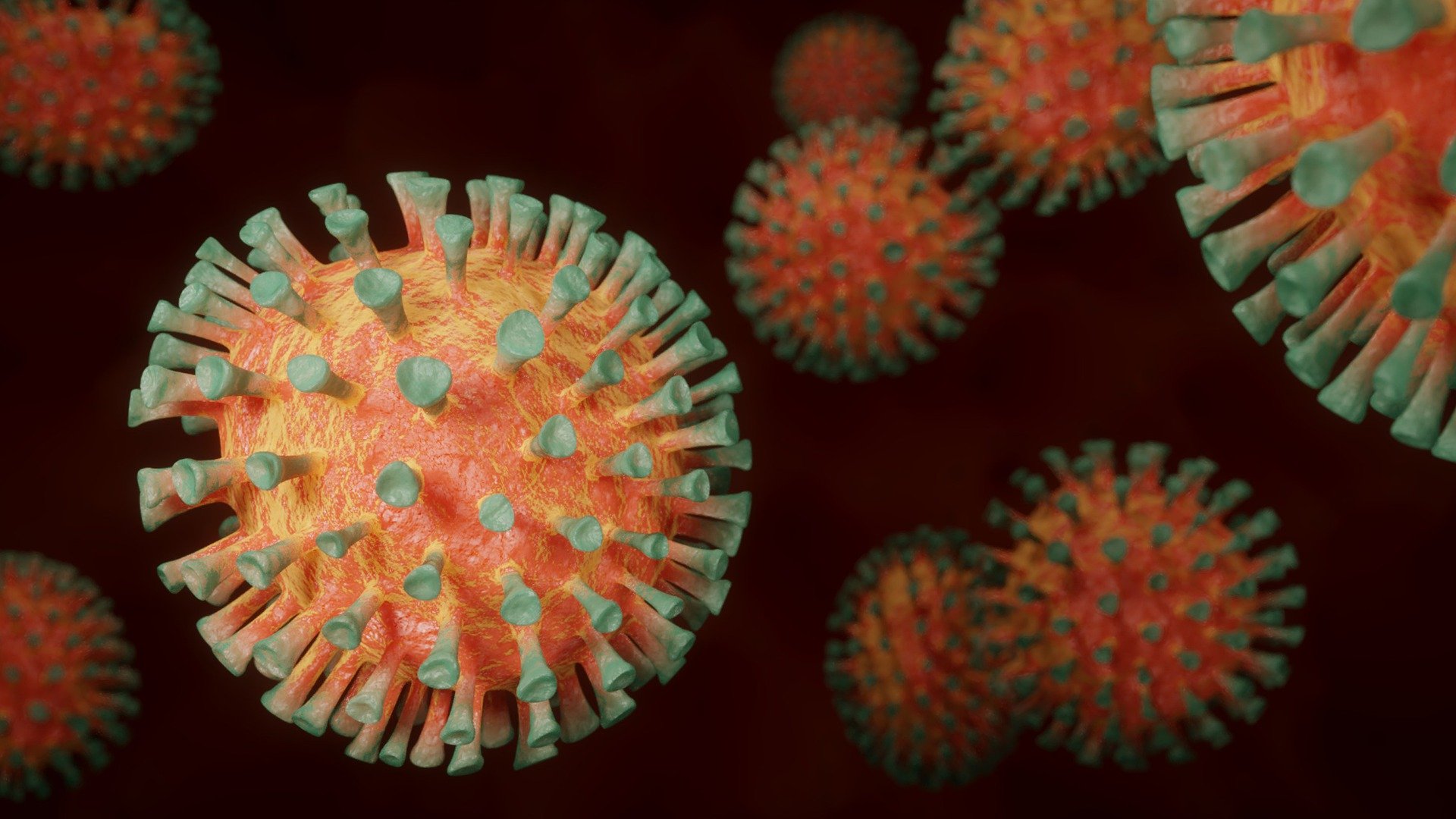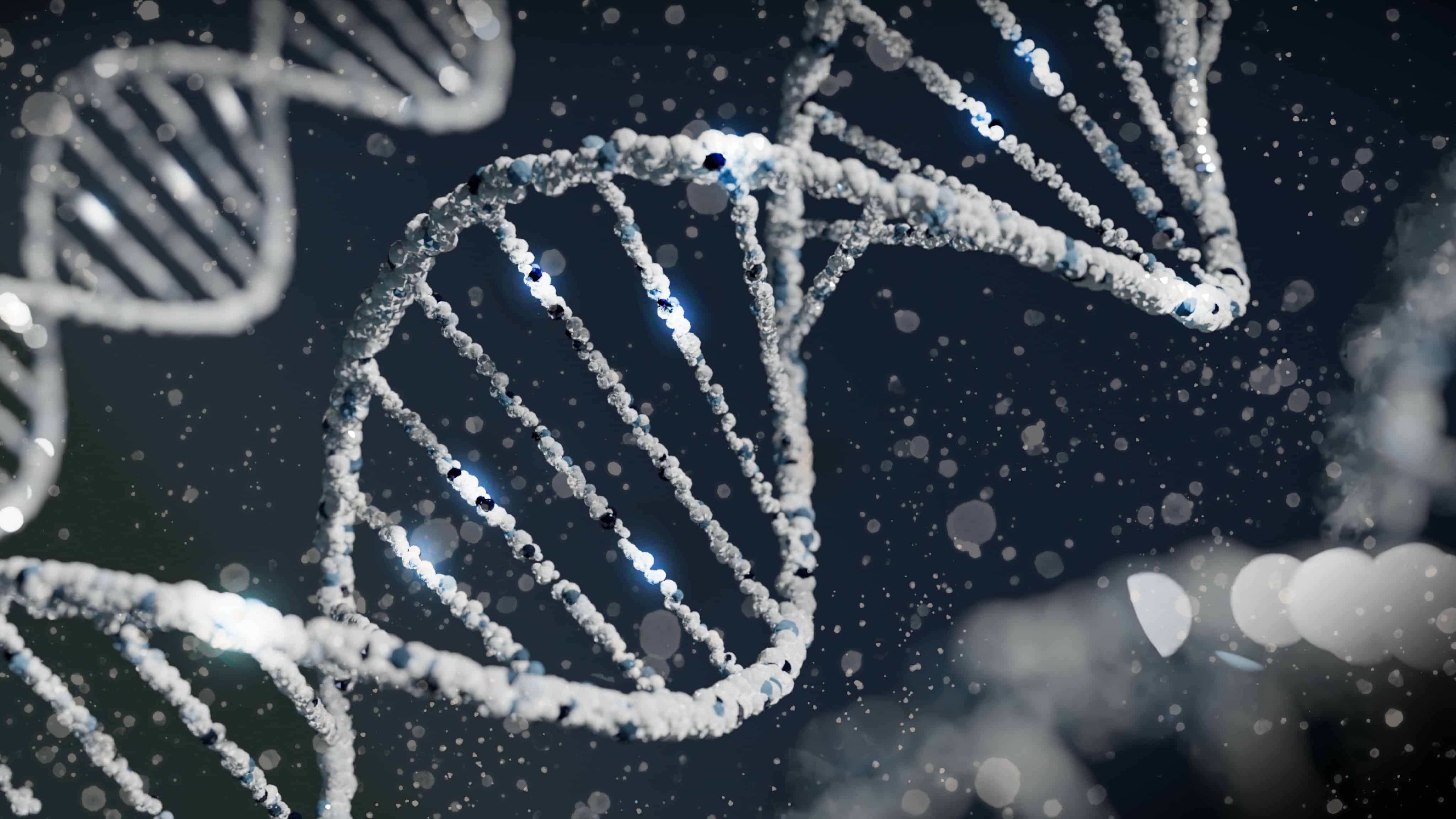
While vaccinations against COVID-19 are gaining momentum worldwide, research into new agents is not standing still. This is important, especially in view of the fact that the virus’ ability to mutate is not standing still, either. Now, scientists at the University of Bonn and the caesar research center in Germany have succeeded in isolating a molecule that could mean light at the end of the tunnel in the fight against the coronavirus.
The active ingredient binds – at least in the test tube – to the spike protein that normally serves as the entrance for the virus into the cell, thus preventing the model viruses from entering it. The active ingredient apparently uses a mechanism different from previously known inhibitors and could thus also help against virus mutants, the scientists suspect.
Research into new active ingredients
The new active ingredient is a so-called aptamer consisting of short DNA chains – the chemical compounds of which chromosomes are also made – that readily attach themselves to other molecules. However, chromosomes are double-stranded, with the sticky sides of the DNA facing each other and twisting around one another like two twisted threads. Aptamers on the other side are single-stranded and can thus form bonds with molecules to which conventional DNA would not normally bind. As a result, they can also influence their function.
These properties make them interesting for research into new active substances, say the researchers, especially since it is now very easy to produce huge libraries of different aptamers. Some of them contain millions of times more potential active ingredients than there are people living on Earth. “We have isolated aptamers from such a library that can attach to the spike protein of SARS coronavirus 2,” explains Prof. Günter Mayer of the LIMES (Life and Medical Sciences) Institute at the University of Bonn.
Like a ski boot in the binding
The spike protein is the gateway for the virus to enter the cell by binding to a molecule called ACE2 on its surface. It locks into the spike protein like a ski boot into a ski binding. Once inside, it connects to the cell and reprograms it to produce numerous new viruses. “The vast majority of antibodies we know today prevent docking,” Mayer explains. “They attach to the part of the spike protein responsible for recognizing ACE2 – the receptor binding domain, or RBD.”
The aptamer that the Bonn researchers isolated also binds to the spike protein, but at a different site. “So it doesn’t prevent SARS-CoV2 from docking with its target cell,” says Prof. Michael Famulok of the LIMES Institute, who also works at the caesar research center in Bonn. “But the cell still fails to become infected afterwards – we just don’t yet know which mechanism is responsible for this.” Next, the scientists want to find out whether the results can also be confirmed with real viruses. They did not use real coronaviruses in their experiments, but so-called pseudoviruses, which carry the spike protein on their surface but cannot trigger any diseases.
A new weak point of the coronavirus?
If the results are confirmed, in the medium term there could be, for example, a kind of nasal spray that protects against corona infection for a few hours. Until then, however, many more studies are needed, something that will no doubt take months to complete. However, the results could definitely help “to better understand the mechanisms involved in the infection,” the researchers report. This is all the more important, they say, because the drugs used so far have mainly been directed at the receptor domain. That could become a problem in the long run, the more mutations of the virus arise. In the case of the so-called British mutation, this domain has already been altered such that it docks more strongly with ACE2. “The more such mutations accumulate, the greater the risk that the available drugs and vaccines will no longer work,” Günter Mayer emphasizes. “Our study could draw attention to an alternative Achilles’ heel of the pathogen.”
The study was funded by the German Federal Ministry of Education and Research (BMBF) and the German Research Foundation (DFG). The results are published journal Angewandte Chemie.
More articles on corona pandemic can be found here.







